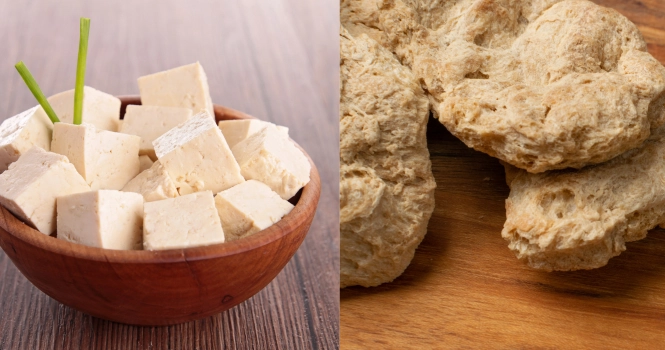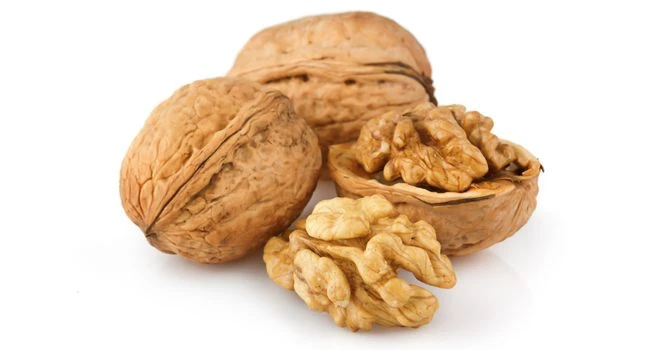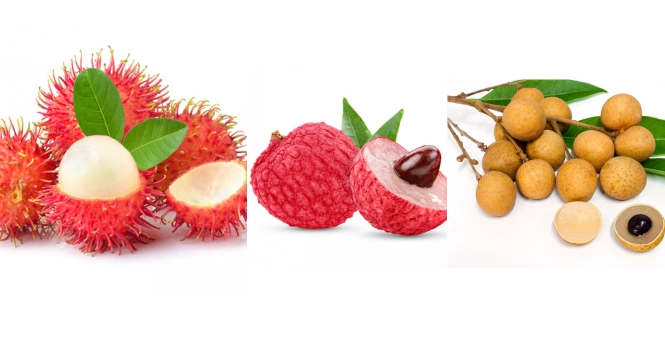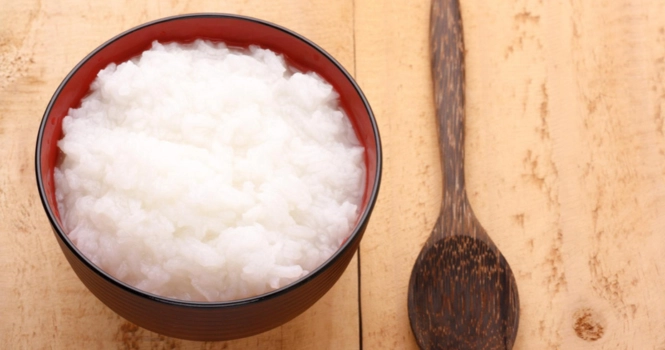Tofu vs Soya Chunks: Which Plant-Based Protein Wins?

When comparing tofu and soya chunks, it’s essential to understand that both are soy-based products but differ significantly in their production process, texture, nutritional profile, and culinary uses.
Here’s a detailed comparison:
Production Process
- Tofu: Also known as bean curd, tofu is made by coagulating soy milk and then pressing the resulting curds into solid blocks. This process is somewhat similar to cheesemaking.
- Soya Chunks: Made from defatted soy flour, a by-product of soybean oil extraction, soya chunks are formed by extruding the flour under high temperature and pressure. This process gives them a meat-like texture.
Texture and Culinary Uses
- Tofu: Tofu has a soft, smooth, and sometimes creamy texture, depending on its firmness (which can range from silken to extra-firm). Its mild flavor makes it highly versatile in culinary applications, absorbing flavors well from other ingredients in dishes such as stir-fries, soups, smoothies, and desserts.
- Soya Chunks: They have a chewy, meaty texture, making them a popular meat substitute in vegetarian and vegan dishes. Soya chunks are excellent in dishes where a substantial, protein-rich component is needed, such as curries, stews, and salads.
Nutritional Profile
- Tofu: Tofu is generally lower in calories and fat but also slightly lower in protein compared to soya chunks. It’s an excellent source of iron and calcium, especially when fortified with these minerals, and also contains other vitamins and minerals.
- Soya Chunks: Soya chunks are highly concentrated in protein, making them an excellent protein source for vegetarians and vegans. They are also low in fat and contain significant amounts of fiber and other nutrients, although they may lack the added minerals found in fortified tofu.
Health Considerations
- Tofu: Its softer texture and lower calorie content make tofu suitable for a wide range of diets, including those aimed at weight management. The presence of isoflavones in tofu has been associated with various health benefits, although the research is ongoing.
- Soya Chunks: The high protein and fiber content in soya chunks can aid in satiety and weight management. However, their higher calorie density compared to tofu should be considered in diet planning.
Environmental Impact
Both tofu and soya chunks are derived from soybeans, which are generally considered to have a lower environmental impact than animal-based proteins.
However, the production processes, packaging, and transportation can vary, influencing their overall environmental footprint.
Choosing between tofu and soya chunks depends on personal dietary needs, taste preferences, and the specific requirements of the dish being prepared.
Tofu’s versatility and softer texture make it suitable for a broader range of recipes, while soya chunks’ meaty texture is ideal for replacing meat in traditional dishes.
Both offer valuable health benefits as part of a balanced diet, particularly for those following plant-based diets.












